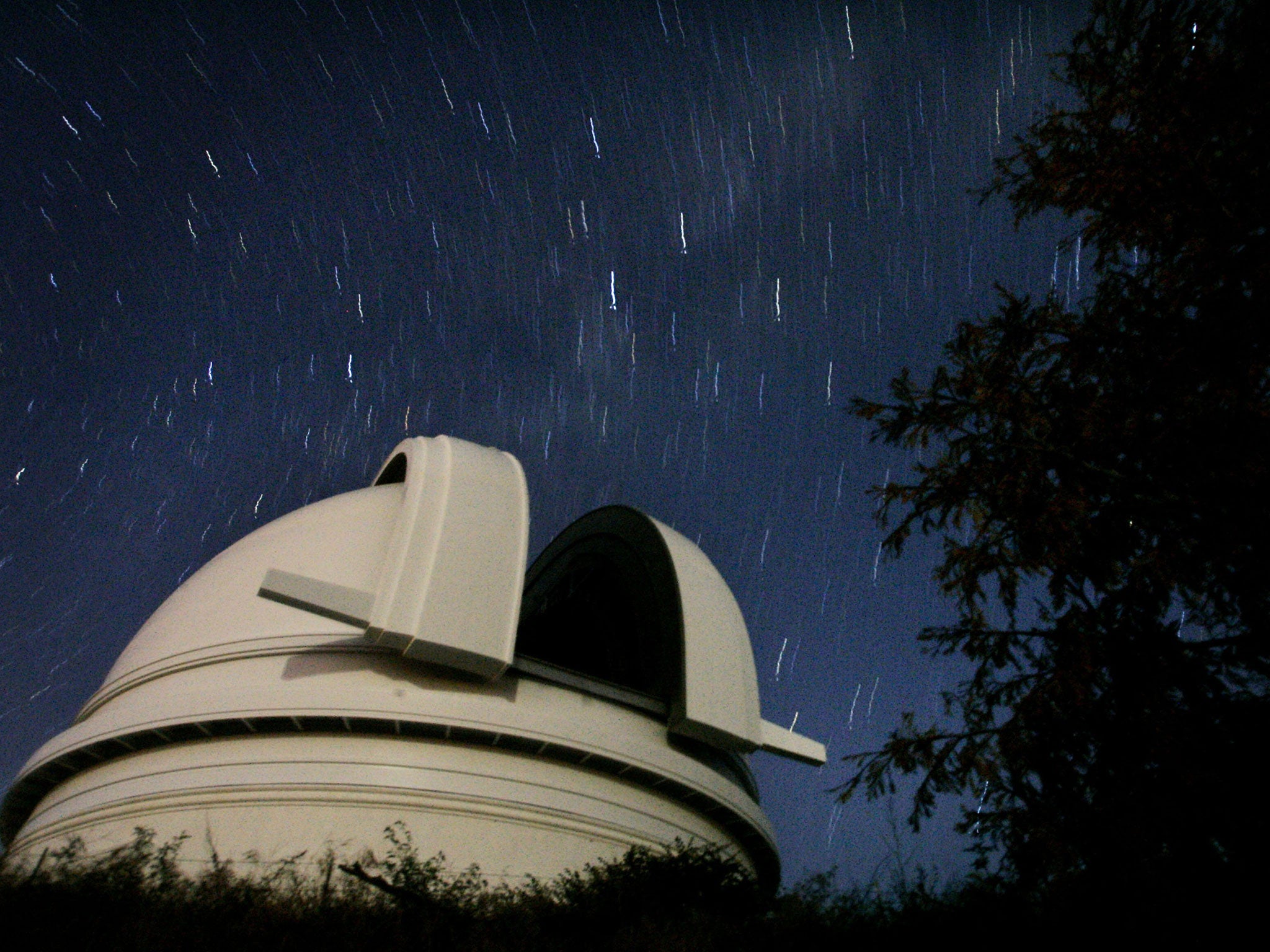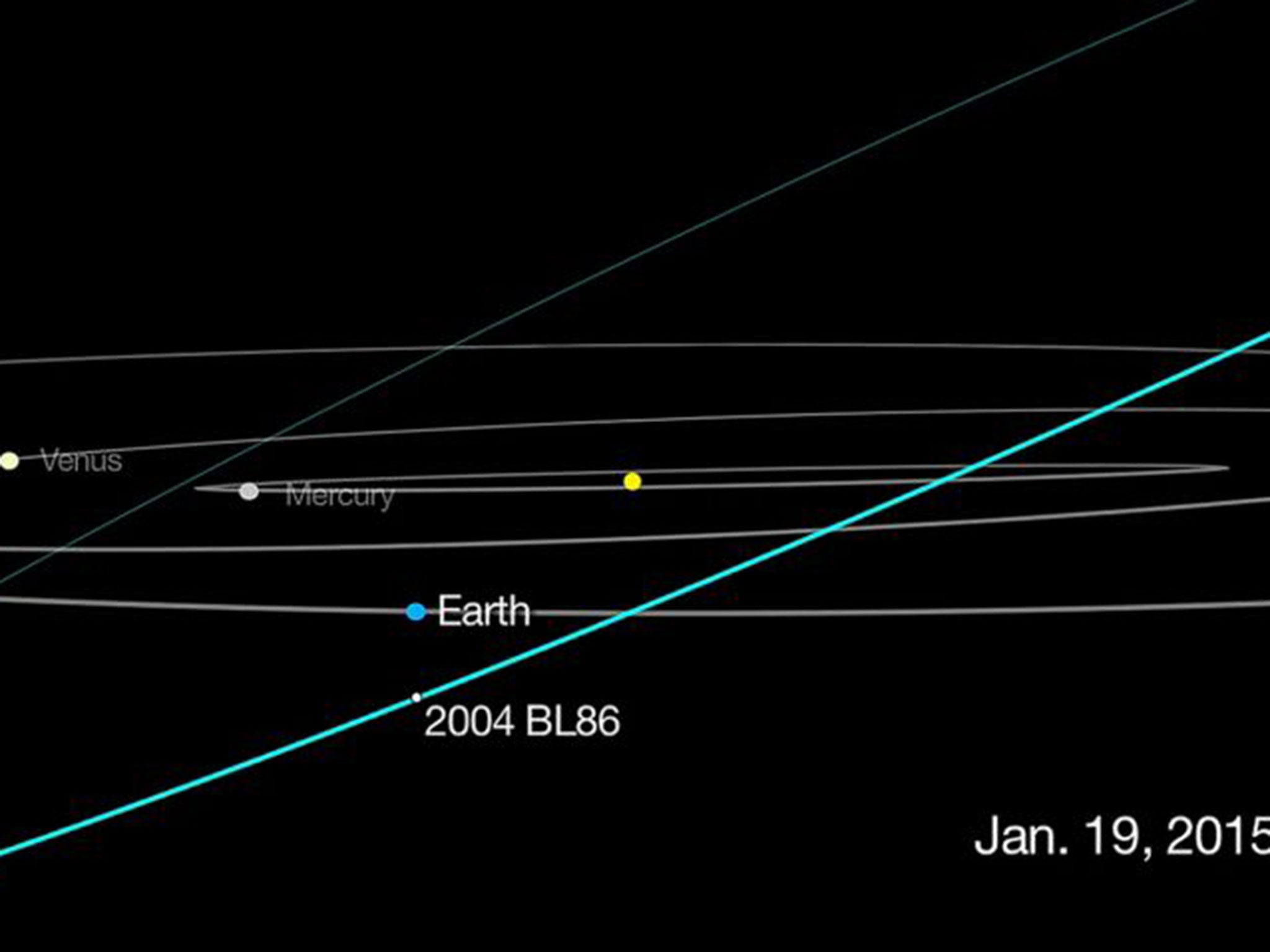Asteroid 2004 BL86 set to pass so close to Earth it will be visible with binoculars
The 900m-long rock will come to within 1.2 million kilometres of Earth

Your support helps us to tell the story
From reproductive rights to climate change to Big Tech, The Independent is on the ground when the story is developing. Whether it's investigating the financials of Elon Musk's pro-Trump PAC or producing our latest documentary, 'The A Word', which shines a light on the American women fighting for reproductive rights, we know how important it is to parse out the facts from the messaging.
At such a critical moment in US history, we need reporters on the ground. Your donation allows us to keep sending journalists to speak to both sides of the story.
The Independent is trusted by Americans across the entire political spectrum. And unlike many other quality news outlets, we choose not to lock Americans out of our reporting and analysis with paywalls. We believe quality journalism should be available to everyone, paid for by those who can afford it.
Your support makes all the difference.An asteroid is set to pass so close to Earth on Monday night that it will be visible with binoculars.
The 900m-long rock, named 2004 BL86, will come to within 1.2 million kilometres of Earth - about three times further away than the moon - in the closest fly-by until 2027.
Don Yeomans, of Nasa’s Near-Earth Object Program, said: “While it poses no threat to Earth for the foreseeable future, it's a relatively close approach by a relatively large asteroid, so it provides us a unique opportunity to observe and learn more.
“I may grab my favorite binoculars and give it a shot myself. Asteroids are something special. Not only did asteroids provide Earth with the building blocks of life and much of its water, but in the future, they will become valuable resources for mineral ores and other vital natural resources. They will also become the fueling stops for humanity as we continue to explore our solar system. There is something about asteroids that makes me want to look up.”

Nasa published star charts showing the path of the asteroid.
It plans to take “detailed images” of the object which it is hoped will shed some light on its make-up.
Nasa radar astronomer Lance Benner said: “At present, we know almost nothing about the asteroid, so there are bound to be surprises.”
A telescope at the Lincoln Near-Earth Asteroid Research (LINEAR) survey in White Sands, New Mexico, discovered 2004 BL86 in January 2004.
Join our commenting forum
Join thought-provoking conversations, follow other Independent readers and see their replies
Comments